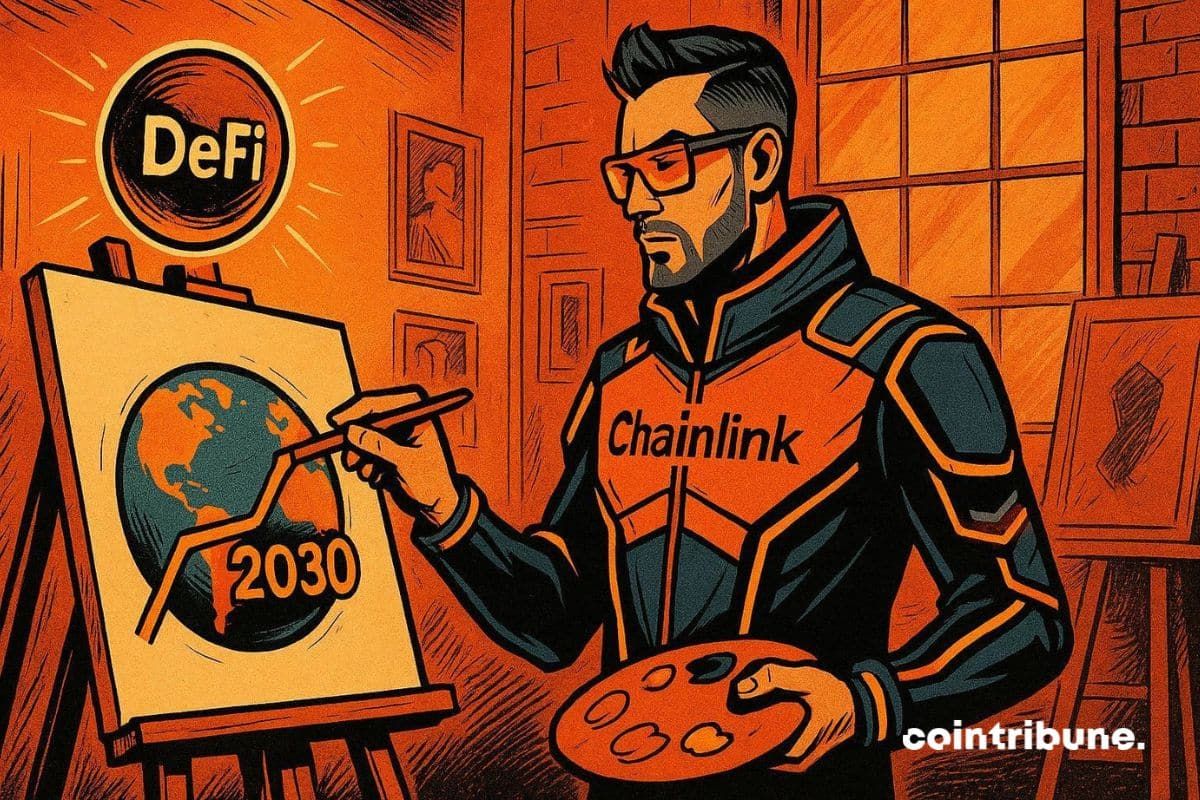After Recent Surge, How Close Is Bitcoin to Surpassing Gold? Here’s the Level BTC Needs to Reach to Surpass Gold
Following the recent strong rise, investors' eyes have once again turned to the comparison of Bitcoin and gold.
The market capitalization of Bitcoin, the largest cryptocurrency, currently stands at $2.34 trillion, compared to $23.22 trillion for gold.
According to the current chart, Bitcoin has reached approximately 10.09% of gold's market capitalization. Analysis suggests that for Bitcoin to surpass gold, its price would need to rise to $1,166,511. This represents a roughly tenfold increase compared to Bitcoin's current price.
When examining the price movements in recent years, Bitcoin has performed much stronger than gold:
- 5 years: BTC +892%, Gold +72%
- 3 years: BTC +387%, Gold +95%
- 2 years: BTC +304%, Gold +76%
- 1 year: BTC +104%, Gold +36%
Looking at the performance since the beginning of the year, Bitcoin has returned 25.9% and gold has returned 27.38%.
Bitcoin's annual supply growth (inflation) is 0.83%, while gold's is 1.72%. Bitcoin's halving, which occurs approximately every four years, means more limited supply growth in the long term. Gold's production, however, is dependent on mining capacity and recycling rates.
Disclaimer: The content of this article solely reflects the author's opinion and does not represent the platform in any capacity. This article is not intended to serve as a reference for making investment decisions.
You may also like
Ethereum Privacy’s HTTPS Moment: From Defensive Tool to Default Infrastructure
A summary of the "Holistic Reconstruction of Privacy Paradigms" based on dozens of speeches and discussions from the "Ethereum Privacy Stack" event at Devconnect ARG 2025.

Donating 256 ETH, Vitalik Bets on Private Communication: Why Session and SimpleX?
What differentiates these privacy-focused chat tools, and what technological direction is Vitalik betting on this time?

Ethereum Raises Its Gas Limit to 60M for the First Time in 4 Years

DeFi: Chainlink paves the way for full adoption by 2030

